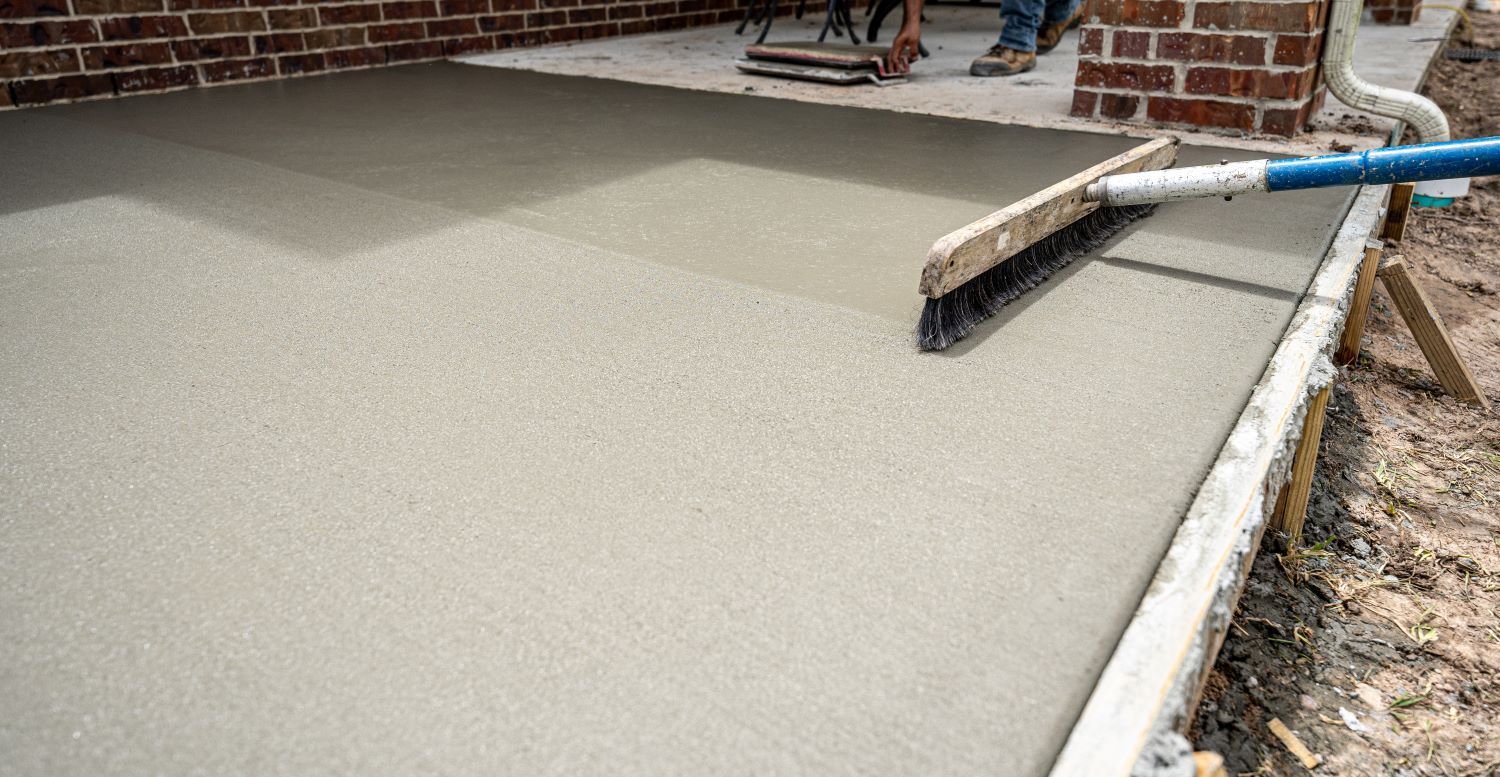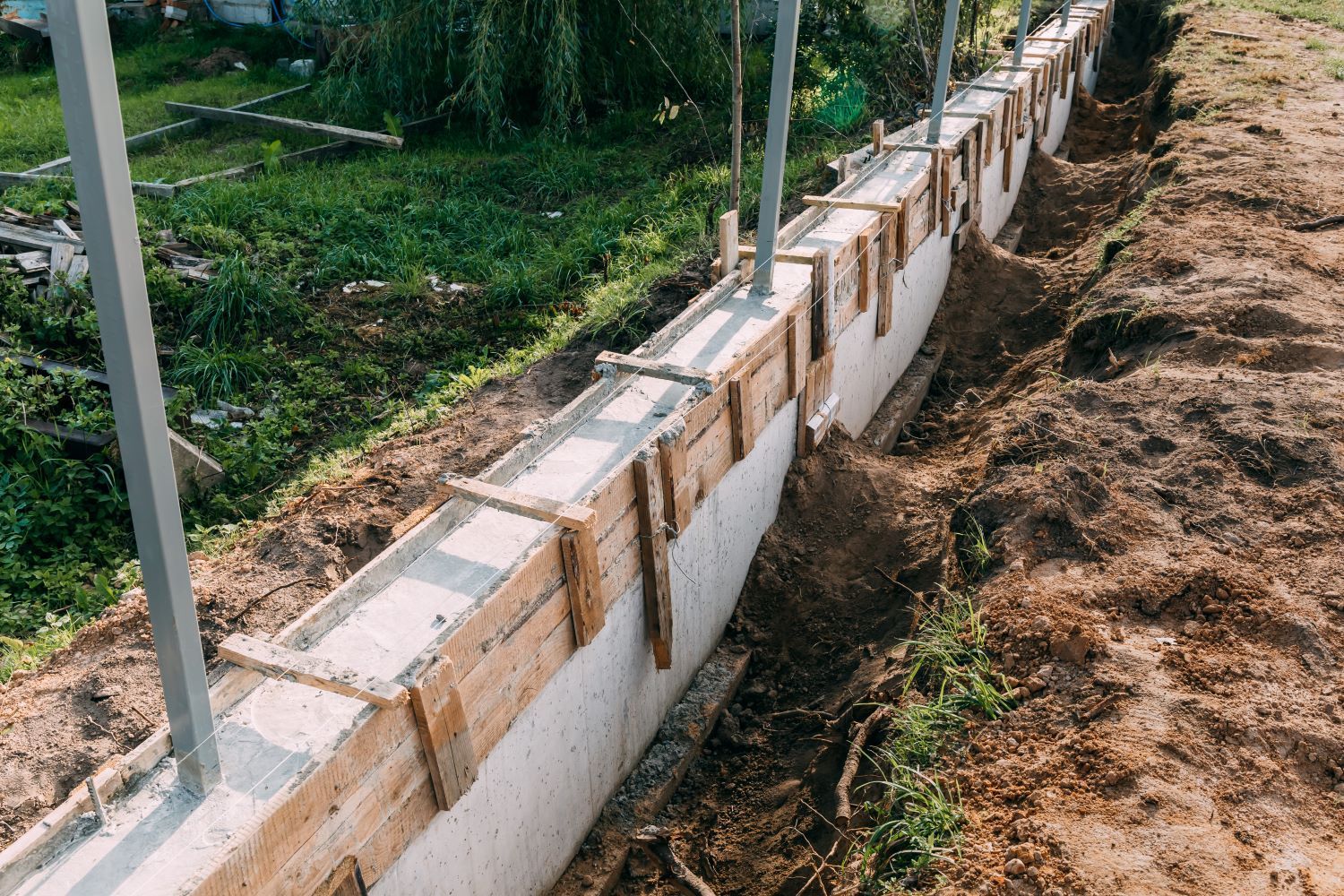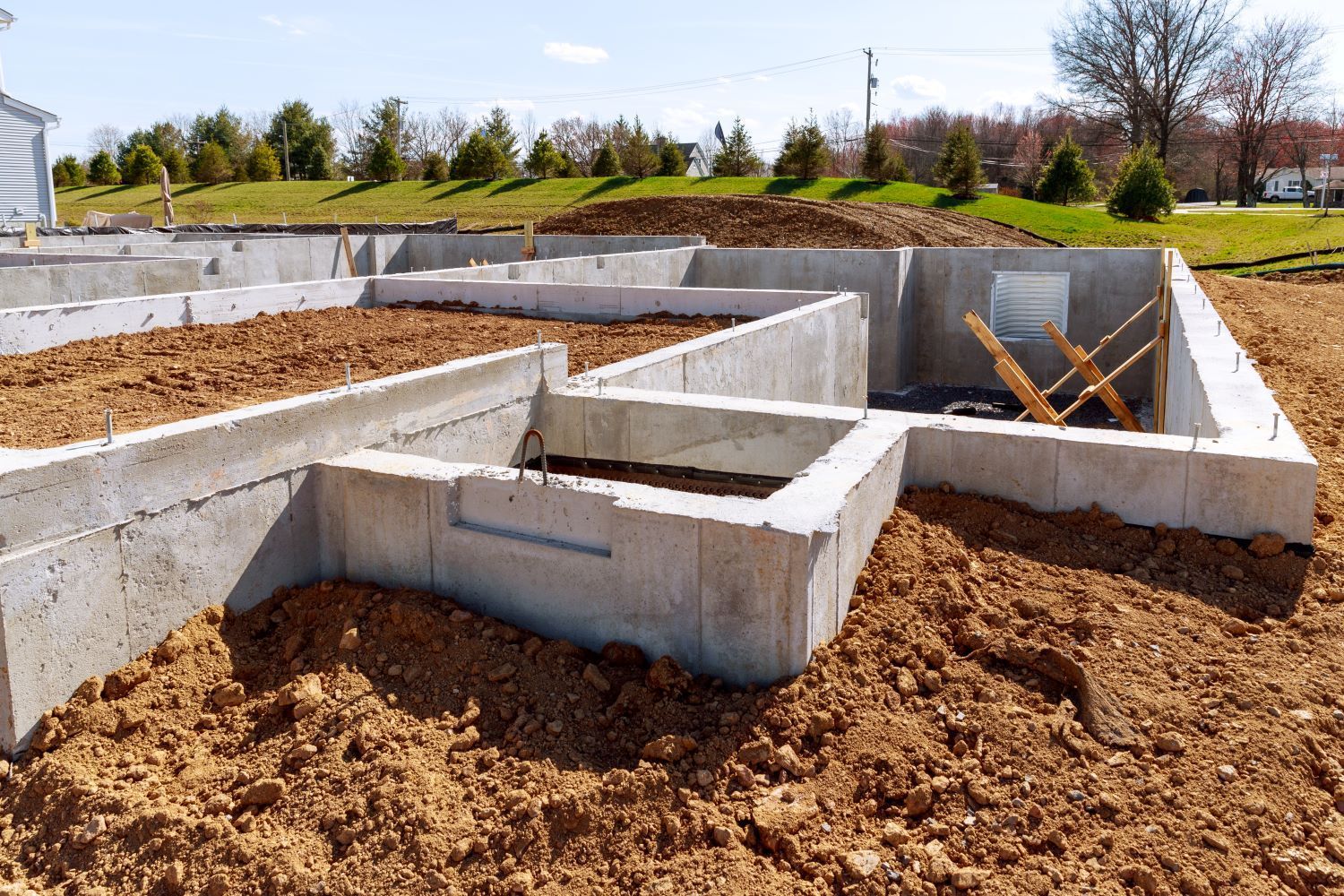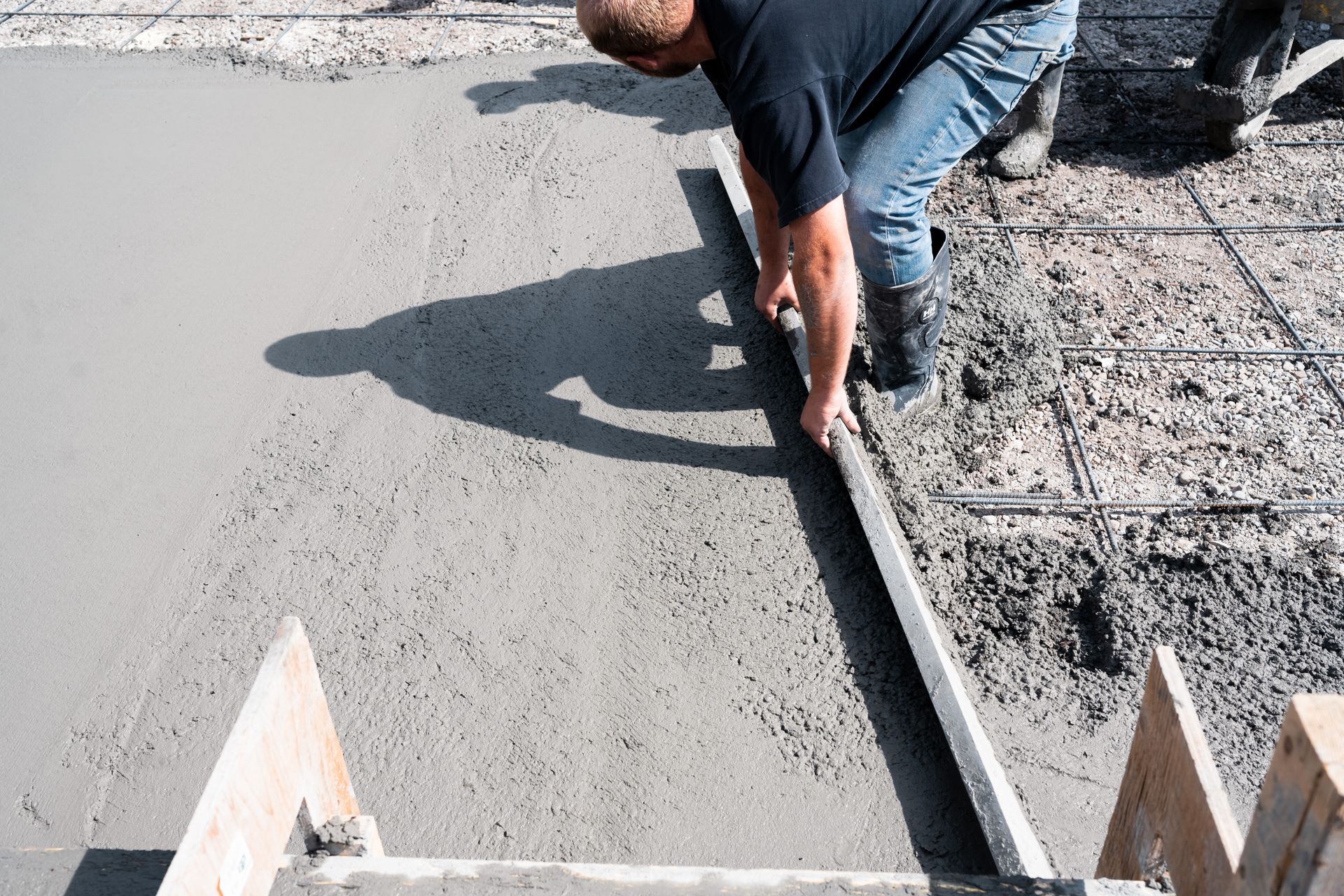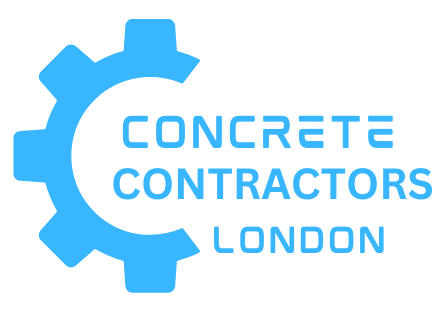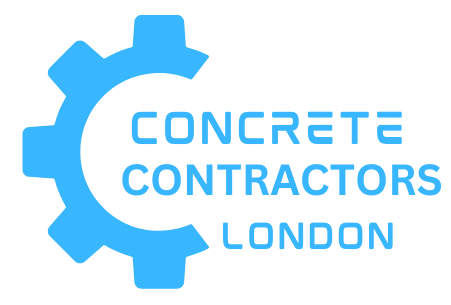6 Things to Know About Concrete Cutting
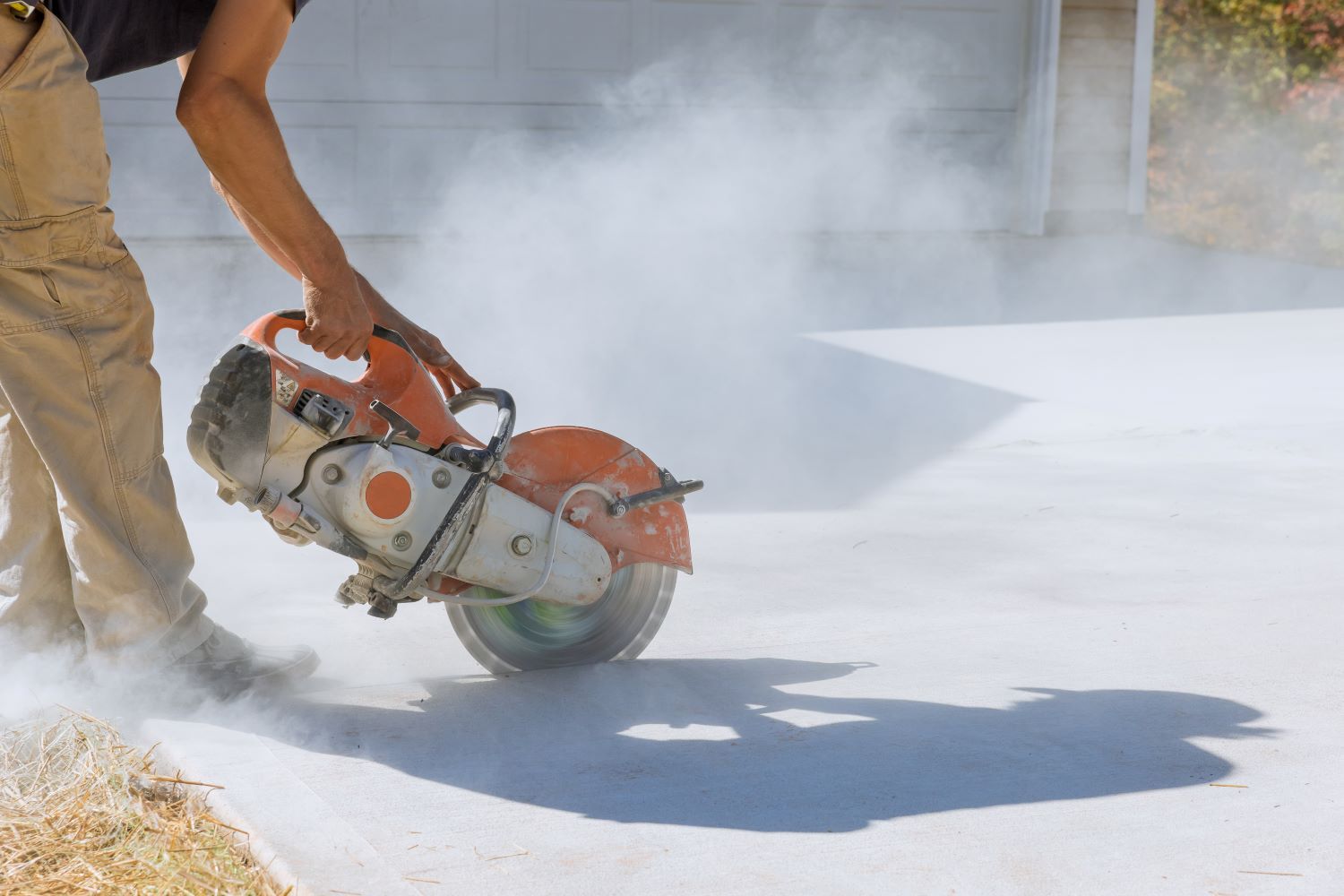
Concrete cutting is a specialized process used in construction, renovation, and demolition projects to create precise openings, pathways, or shapes in concrete structures. Whether you're planning to install new windows, doors, or utilities, or need to remove sections of concrete for repair or remodeling purposes, understanding the basics of concrete cutting is essential. Here are some important things to know about concrete cutting:
1. Types of Concrete Cutting Techniques:
- Diamond Sawing: Diamond sawing is one of the most common and versatile methods used for concrete cutting. It involves using diamond blades mounted on high-speed saws to cut through concrete surfaces with precision and efficiency.
- Wall Sawing: Wall sawing is specifically used for vertical or inclined cuts in concrete walls, floors, or ceilings. It's ideal for creating openings for doors, windows, vents, and utility passages.
- Flat Sawing: Also known as slab sawing, flat sawing is used to cut horizontal surfaces such as floors, pavements, and bridges. It's often used for concrete demolition, removal, or modification projects.
- Wire Sawing: Wire sawing employs a wire cable with diamond segments to cut through thick or heavily reinforced concrete structures. It's suitable for cutting large sections or irregular shapes where traditional sawing methods may be impractical.
2. Safety Precautions:
- Concrete cutting involves working with heavy machinery and power tools, so safety should be a top priority. Ensure that operators are properly trained and equipped with personal protective gear, including goggles, gloves, and hearing protection.
- Adequate ventilation and dust control measures should be implemented to minimize exposure to airborne dust and debris, which can pose health risks to workers and bystanders.
3. Precision and Accuracy:
- Precision is critical in concrete cutting to ensure that openings or cuts are made according to precise measurements and specifications. Proper planning, layout, and marking of cut lines are essential to achieve accurate results.
- Advanced cutting equipment and techniques, such as laser-guided saws or computer-controlled systems, can enhance precision and minimize errors in cutting.
4. Environmental Considerations:
- Concrete cutting can generate noise, vibration, and dust, which may impact the surrounding environment and nearby structures. Consideration should be given to noise regulations, environmental permits, and neighboring properties during cutting operations.
5. Professional Concrete Cutting Services:
- While DIY concrete cutting may seem feasible for small projects, hiring professional concrete cutting services is recommended for larger or more complex jobs. Experienced contractors have the expertise, equipment, and safety protocols to ensure efficient and precise cutting while minimizing disruptions and risks.
6. Post-Cutting Procedures:
- After concrete cutting is complete, proper cleanup and disposal of debris should be conducted to maintain a clean and safe work environment. Any remaining dust or residue should be removed, and surfaces should be inspected for quality and integrity.
Conclusion:
Concrete cutting is a specialized process that requires skill, precision, and safety precautions. By understanding the techniques, safety measures, and considerations involved in concrete cutting, you can ensure successful and efficient cutting operations for your construction or renovation projects. For professional concrete cutting services in London, Ontario, trust Concrete Contractors London to deliver exceptional results tailored to your needs. Contact us today to discuss your concrete cutting requirements and schedule a consultation with our team of experts.



